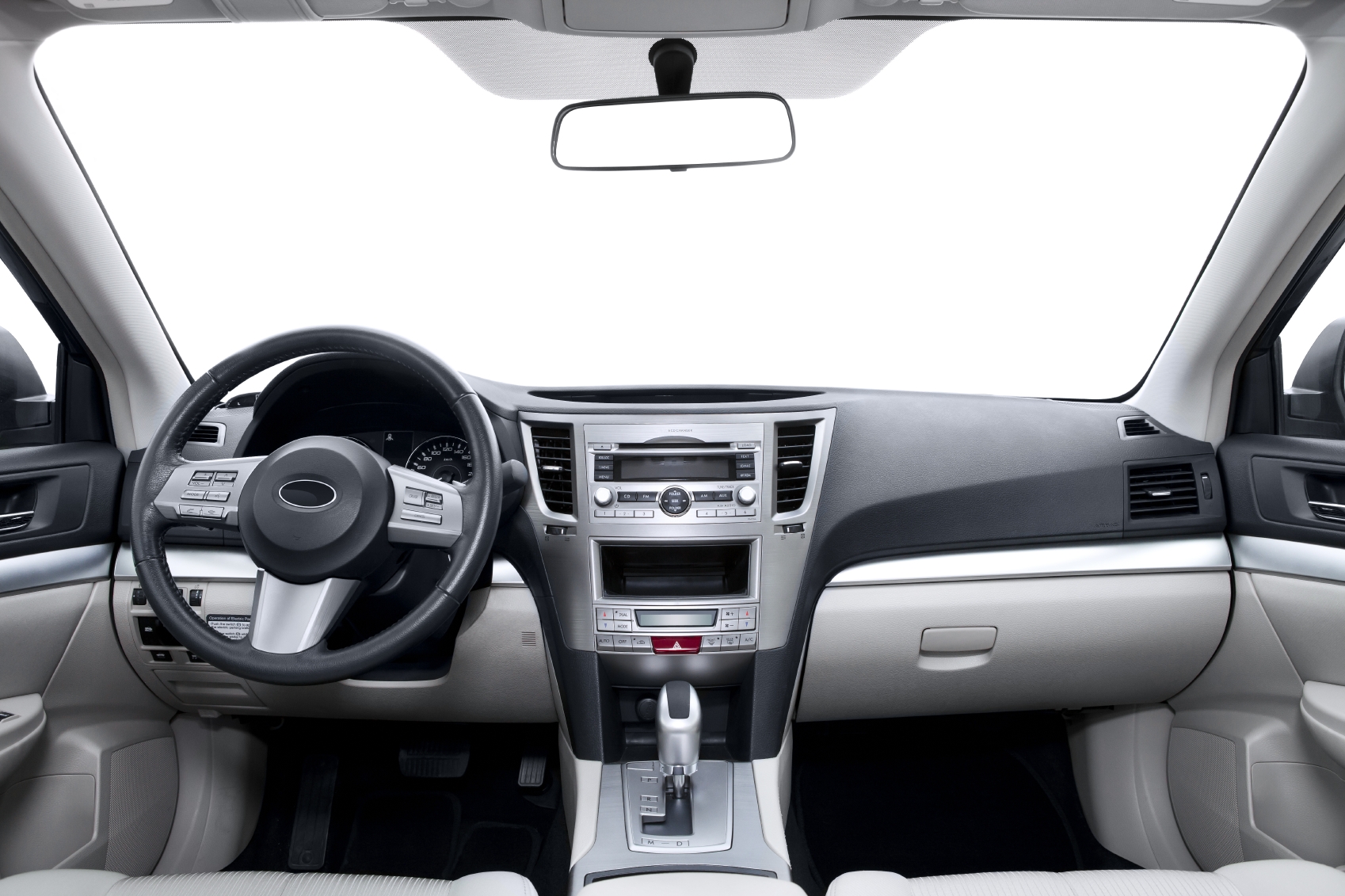Whitlam Group has been an industry leader in the automotive market for over 50 years, and we understand how closely Automotive labels are evaluated to ensure compliance with OEM-mandated regulations and performance requirements.
Understanding Automotive Label Requirements
OEM-mandated regulations and performance requirements for automotive labels in the United States are guidelines set by Original Equipment Manufacturers (OEMs) that specify how labels used on vehicles and their parts must be designed, manufactured, and applied. These regulations are critical for ensuring safety, compliance, and traceability throughout a vehicle’s life. Key aspects typically include:
- Durability and Longevity: Labels must withstand environmental factors like extreme temperatures, UV exposure, chemicals, and abrasion. They often need to remain legible and intact for the life of the vehicle or part.
- Compliance with Industry Standards: OEMs usually require labels to comply with industry standards, such as those set by the Society of Automotive Engineers (SAE), American National Standards Institute (ANSI), or International Organization for Standardization (ISO). These standards cover aspects like material properties, adhesives, and resistance to environmental conditions.
- Legibility and Size: Labels must be easy to read and of a size that is appropriate for the information they contain and their intended location on the vehicle or part.
- Content Requirements: This includes specific information that must be present on the label, such as part numbers, serial numbers, barcodes, QR codes, manufacturer information, and safety warnings.
- Adhesive Performance: The adhesive used on the labels must be suitable for the specific application and surface, ensuring that labels do not peel off or degrade over time.
- Temperature and Chemical Resistance: Labels must resist the effects of temperature fluctuations and exposure to various chemicals like oils, fuels, and coolants.
- Colorfastness: The colors used in labels must not fade significantly over time, especially for labels that convey safety information or instructions.
- Barcode and QR Code Scannability: For labels that include barcodes or QR codes, these must remain scannable throughout the label’s lifespan.
- Placement and Orientation: OEMs may specify where on the vehicle or part the label must be placed for visibility and accessibility.
Additionally, automotive labels must also comply with relevant federal and state regulations, and manufacturers and suppliers often work closely with OEMs to ensure their labels meet all necessary specifications and standards.
Automotive Label Compliance Requirements
In the automotive industry, label compliance is not optional. Every interior, exterior, and under-hood label must meet strict OEM and regulatory standards to ensure safety, traceability, and long-term performance. Meeting these requirements protects manufacturers from costly part rejections, warranty claims, or supply-chain disruptions.
Key areas of automotive label compliance:
- Material and chemical standards: Confirm that label materials meet RoHS and REACH requirements and are free of restricted substances.
- Durability testing: Labels must remain legible and adhered after exposure to heat, humidity, and chemicals such as brake fluid, fuel, and cleaners.
- Traceability and identification: Many OEMs require serialized barcodes or QR codes that remain scannable for the life of the vehicle.
- Performance documentation: Suppliers should be able to provide test data for peel adhesion, UV exposure, and environmental aging that demonstrate compliance with OEM specifications.
- Audit readiness: Maintain records of material certifications and test reports to satisfy internal and customer quality audits.
Automotive Labeling Solutions for Complex Vehicle Zones
Different areas of a vehicle require specialized labeling solutions. Interior, exterior, and under-hood environments each expose labels to unique conditions, so selecting the right combination of material, adhesive, and print method is critical.
Examples of tailored automotive labeling solutions:
- Interior applications: For dashboards, trim panels, and seat components, opt for low-outgassing materials and adhesives that bond to textured plastics without bubbling or lifting.
- Exterior components: Use UV-resistant films and inks that resist fading and maintain clarity despite sunlight and temperature fluctuations.
- Under-hood or battery modules: Choose high-temperature polyimide or polyester films paired with flame-retardant adhesives that maintain adhesion near heat sources or electrical systems.
- Electronic modules and sensors: Consider static-dissipative labels that prevent interference and remain scannable even on small housings.
- High-touch surfaces: Apply scratch-resistant coatings or overlaminates to preserve legibility over years of use.
Materials used for binding these attachments include characteristics such as:
- Solvent resistance
- Strength
- Durability
- Chemical Resistance
- Humidity Resistance
- High-Temperature Resistance
- Strong Adhesion to a Variety of Substrates
- Oil Resistance
- Adhesion to Oil Surfaces
- High Performance
- Excellent Anti-lifting Properties
- Buzz, Squeak and Rattle Prevention
- Seals and Bonds to a Wide Range of Paints and Materials
- And more
Working Automotive OEMs
In our experience working with Automotive OEMs, Tier, and aftermarket suppliers, we know how important quality is. Whitlam’s quality objectives include:
- Enhance Customer Satisfaction by Meeting Customer Requirements
- Enhance Customer Satisfaction by Maintaining a World Class Quality and Environmental Management System
- To Provide Zero Defect Products and Services
- To Train and Continually Educate Employees in the Quality Function
- To Continually Improve our Products and Process
Our Continuous improvement philosophy is committed to improving the quality of our products, services, cost, and productivity. The continual improvement process is achieved by maintaining an atmosphere for knowledge, innovation, training, and team effort throughout our organization. Whitlam is compliant with OEM-mandated regulations and performance requirements. We are IATF 16949:2016 and ISO 14001:2015 certified. If you would like more information about Whitlam’s Interior Automotive Label Solutions, contact us today!
Working With Whitlam For Your Automotive Needs
Whitlam Automotive labels are the best in the industry and can be customized to fit your company’s needs. We know where the industry has been and where it is going. Whitlam Group can offer solutions for attaching interior automotive parts such as:
- Instrument Panel and Display
- Trim Panel and Door Pillars
- Seating and Interior Comfort
- Headliner, Shade and Sunroof Attachment
- Storage and Compartment Solutions
- Head Light and Tail Light
- Brake Shim Attachment
- Battery Bonding

